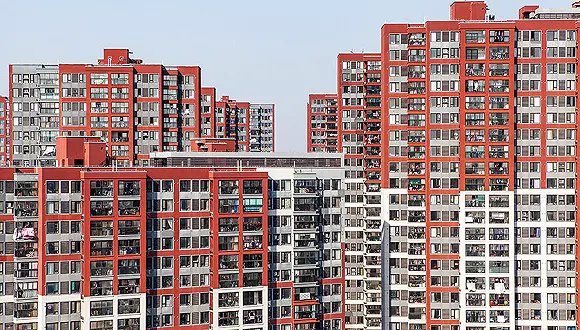Renovations at the Labrang Monastery, a prominent Tibetan Buddhist monastery in northwest China's Gansu Province, are progressing, with 13 of the 48 Buddha halls completed, local authorities announced last Monday.
Smoke detectors and fire detectors have been installed in the halls of the monastery, authorities added.
The project, launched in September 2012 with a budget of 305 million yuan (46.1 million US dollars), covers the restoration of cultural relics, infrastructure construction and supporting facilities. It's the first systematic repair of the monastery in its 300-year history.
A view of the Labrang Monastery
The renovation
According to Gyumey Gyatso, a member of the Labrang Monastery's relic protection commission, the buildings were restored to their original appearance based on the research of the monastery's literature and other documents.
During the restoration of murals, only small pieces that had either faded or fallen off or cracked were repaired. "If we lacked documents for reference, larger pieces were not restored," said Gyumey Gyatso.
Sonam Gya, who is in charge of protecting the monastery's artifacts, said that two additional halls will be restored in the first half of 2018.
Restoration of the monastery's colored paintings began in May 2017.
The restoration of paintings on timber in four of the halls at the monastery is expected to be completed by the end of 2017, noted Sonam Je, the relic protection manager at the monastery.
This marks the first time the paintings have been restored since the monastery was built, Sonam Je added.
Workers are restoring the damaged paintings using the original processes and materials.
Lamas play music at a display ritual of a huge thangka painting of the Buddha at the Labrang Monastery.
The Labrang Monastery
Known as the "World Academy for Tibetan Art," the Labrang Monastery is one of the six most renowned monasteries of the Gelug sect of Tibetan Buddhism as it possesses a vast number of Tibetan written works covering politics, history, culture and many other fields.
Located in Xiahe County in the Gannan Tibetan Autonomous Prefecture, the monastery was built in 1709 and is spread over an area of more 800,000 square meters.
The monastery has six Buddhist schools with 48 Buddha halls, more than 500 residences for monks and legions of relics storing more than 60,000 Buddhism scripts.
The monastery was named a national cultural protection site in 1982, and is also known as the filming site of the famous Chinese movie "World without Thieves" in 2004.
(ASIA PACIFIC DAILY)
 简体中文
简体中文



